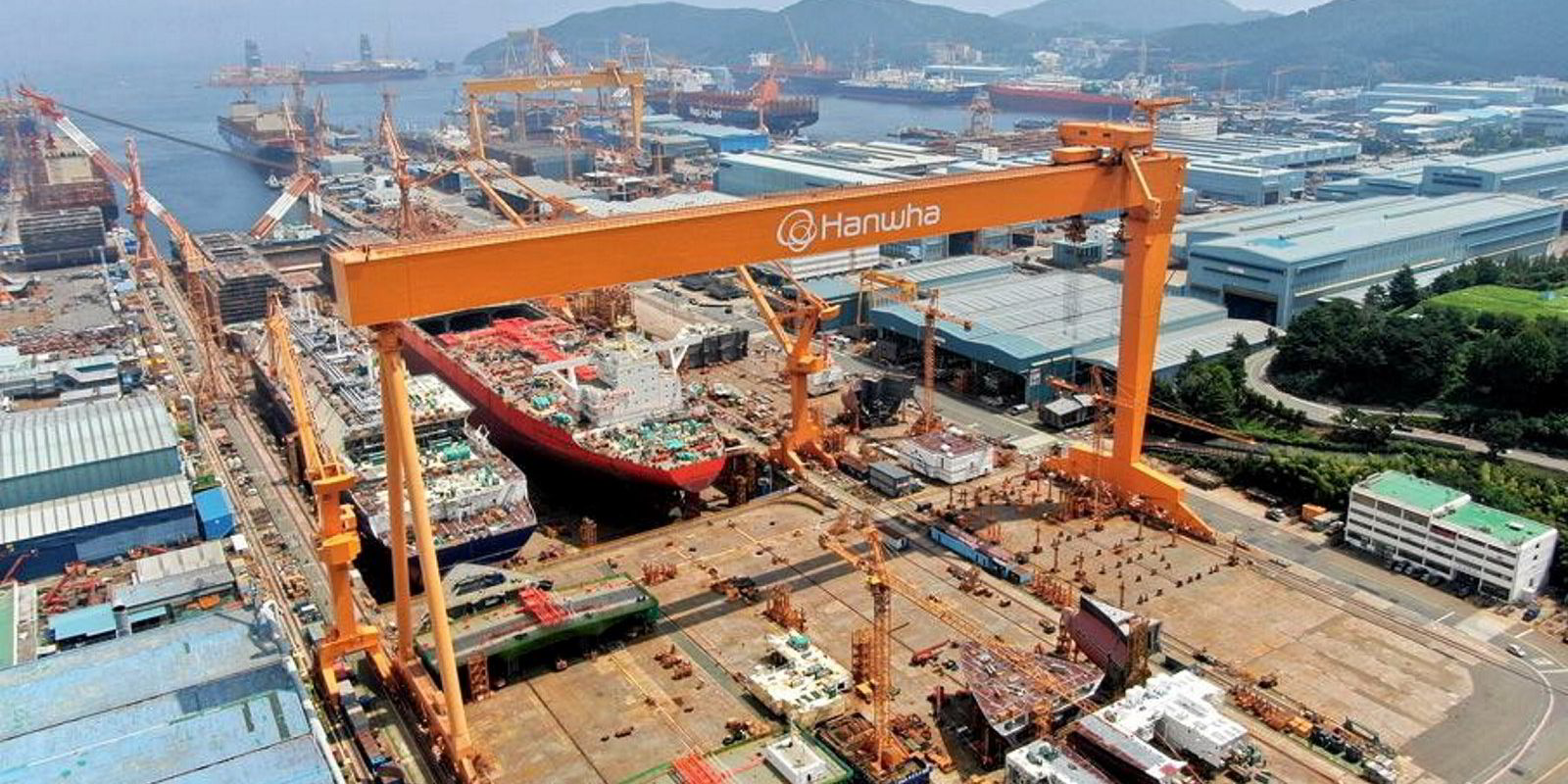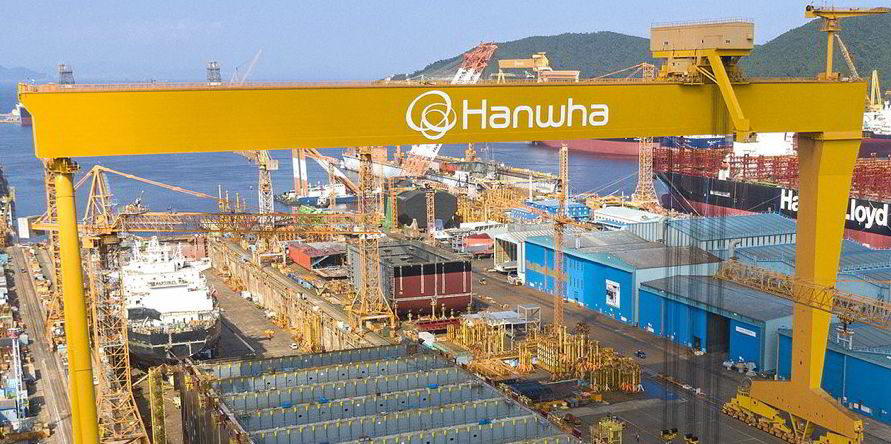South Korean shipbuilder Hanwha Ocean has firmed up 12 LNG carrier newbuilding berths with Middle East-producing giant QatarEnergy under Phase 2 of the Qatari company’s huge ship acquisition programme.
Hanwha Ocean said it had signed a memorandum of understanding with a Middle Eastern company to supply 12 LNG carriers, without naming the counterparty.
But sources in South Korea said the newbuildings are for QatarEnergy under its LNG berth reservation deal with four shipyards.
On 13 February, TradeWinds reported that QatarEnergy had reached an agreement with Hanwha Ocean and privately declared 12 of its pre-reserved slots for 174,000-cbm LNG carriers under Phase 2 of its newbuilding plan, with the vessels to be firmed up in March.
The deal with Hanwha Ocean brings QatarEnergy’s total number of LNG carrier berths declared under Phase 2 to 52.
Some 44 of these have now been declared at South Korea’s big three shipbuilders.
Along with the 12 Hanwha Ocean slots, the Doha-listed producer confirmed 17 LNG berths with HD Hyundai Heavy Industries in September 2023 and 15 with Samsung Heavy Industries in February.
Last month, QatarEnergy said Qatari LNG shipowner Nakilat will own and operate 25 of the vessels under Phase 2 ordered in South Korea. The remaining 19 newbuildings have yet to be married to shipowners.
In addition, QatarEnergy has also firmed up eight slots for supersize Q-Max vessels of around 265,000 cbm at China’s Hudong-Zhonghua Shipbuilding.
But the Qatari giant is said to be contemplating adding a further 10 Q-Max LNG newbuildings to its Phase 2 orders.
Last week, GTT chairman and chief executive Philippe Berterottiere said in a results briefing that he expects there to be around 18 Q-Maxes ordered by Qatar.
If these additional Q-Maxes are added, this would raise QatarEnergy’s Phase 2 berth total to 62 LNG carriers. Coupled with the 60 contracted under Phase 1, this would give it access to 122 newbuildings.
In February, QatarEnergy announced it was going ahead with a further expansion plan, which will add 16m tonnes per annum of new liquefaction capacity and raise Qatar’s total production to 142 mtpa by 2030.






